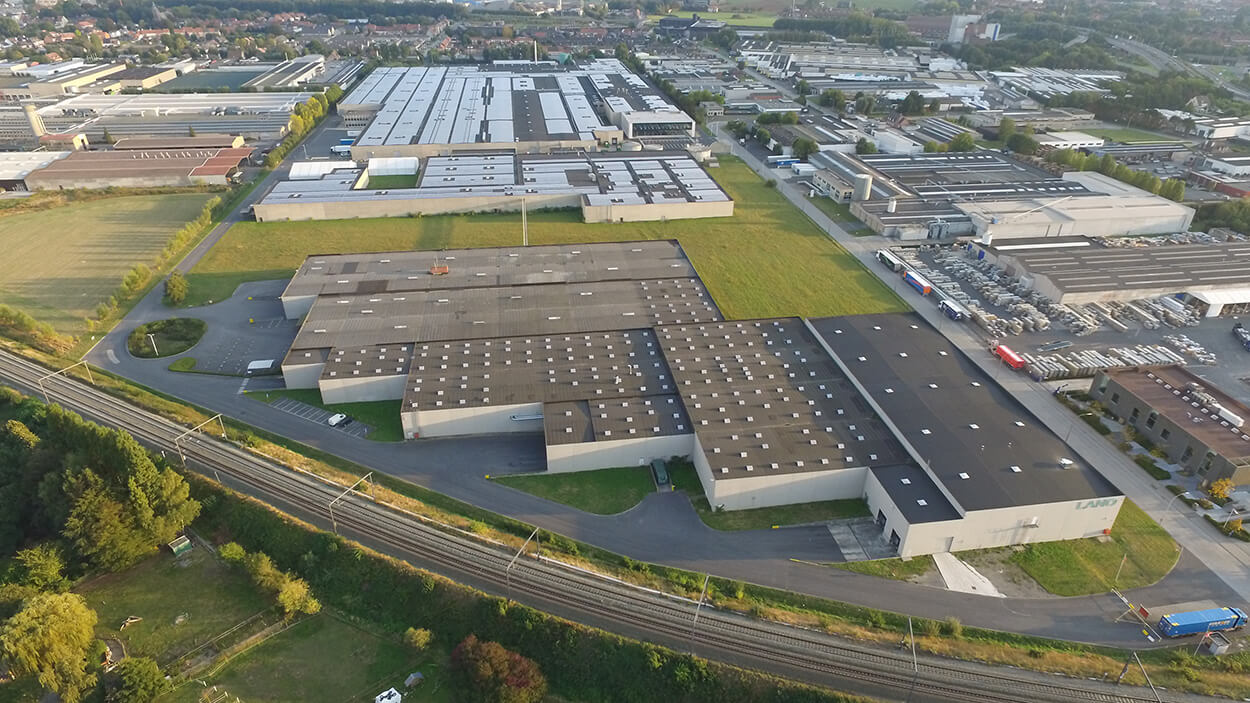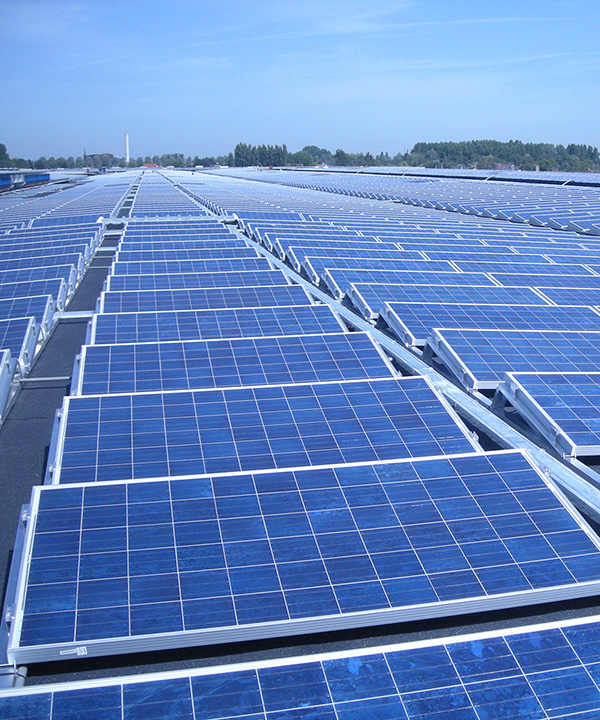About Lano

History
The current structure of Lano dates back to 1970, when three Belgian companies with over 100 years of textile experience between them joined together.
With the ability to produce broadloom carpet, rugs and artificial grass, Lano’s product offering extends to include a spectrum of Wilton and Axminster woven carpets, as well as tufted floor coverings, designed to provide solutions for both residential and hospitality markets. Lano’s reputation for unique quality and top design has been built on an integrated production system that allows it to precisely and completely control quality at each stage of production and delivery. This is demonstrated through ISO 9001 certification.

Production sites
Harelbeke
This is Lano’s largest site covering some 200,000 sqm and housing production units of tufted carpets, Axminster carpets and artificial grass. This site also features innovative continuous dyeing and printing lines, as well as a coating unit and a warehouse with a capacity of 20,000 rolls of carpet?
Forceville
Forceville, near Amiens in France, is the location of Lano’s ultra-modern spinning mill.

Environment
Lano is committed to its environmental responsibilities throughout the entire sourcing, production and delivery process. Lano’s clear objective is to minimize any negative impacts that our footprint might have on the planet, both through direct and indirect working practices. Working closely with our customers and suppliers, careful monitoring and analysis is a key responsibility of each business division of Lano.
Each division is required to implement environmental systems and is fully responsible for environmental performance, reporting to the Board of Directors.
Accordingly, Lano will conduct its activities in line with the following principles
- To source raw materials that comply with its environmental philosophy
- To reduce emissions during the manufacturing process
- To continuously improve environmental performance
- To conserve energy through its efficient use
- To recycle waste material
- To improve the lifecycle of the product through quality and longevity
- To initiate the best possible environmental practices in the manufacturing chain
With the following attitude
- To develop open and constructive relationships with all government agencies
- To constructively contribute to all activities promoting environmental responsibility within the local community
With the following ambition
- To move toward ISO 14001 certification
- To minimize virgin material inputs by maximizing the use of recycled material
- To minimize carbon emissions, energy usage, waste and water use
- To minimize post consumer waste by industry-led recycling initiatives
